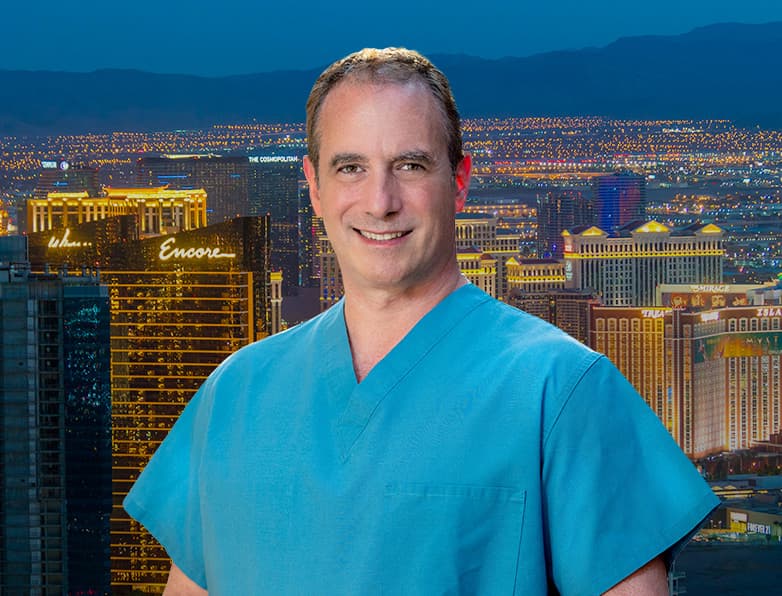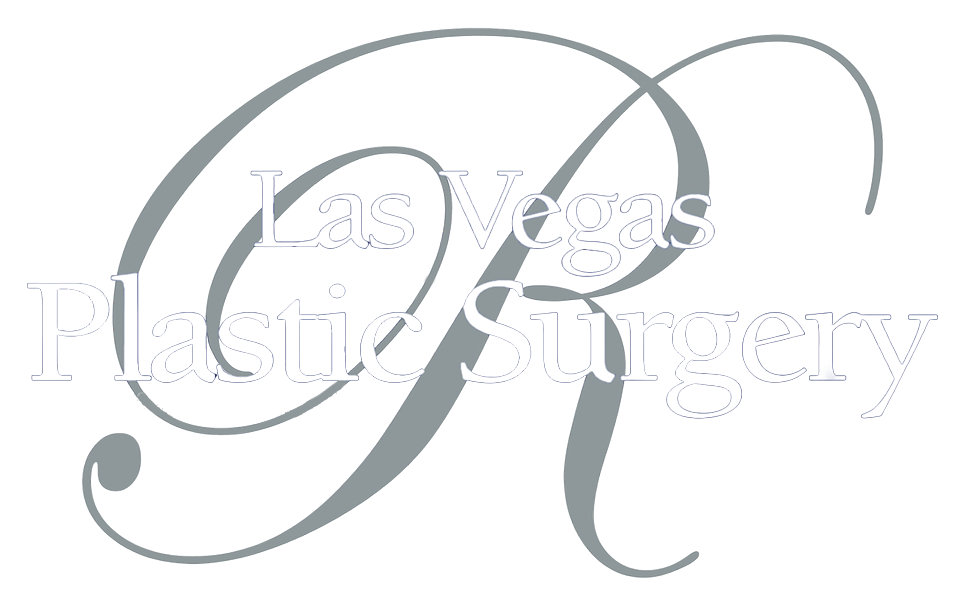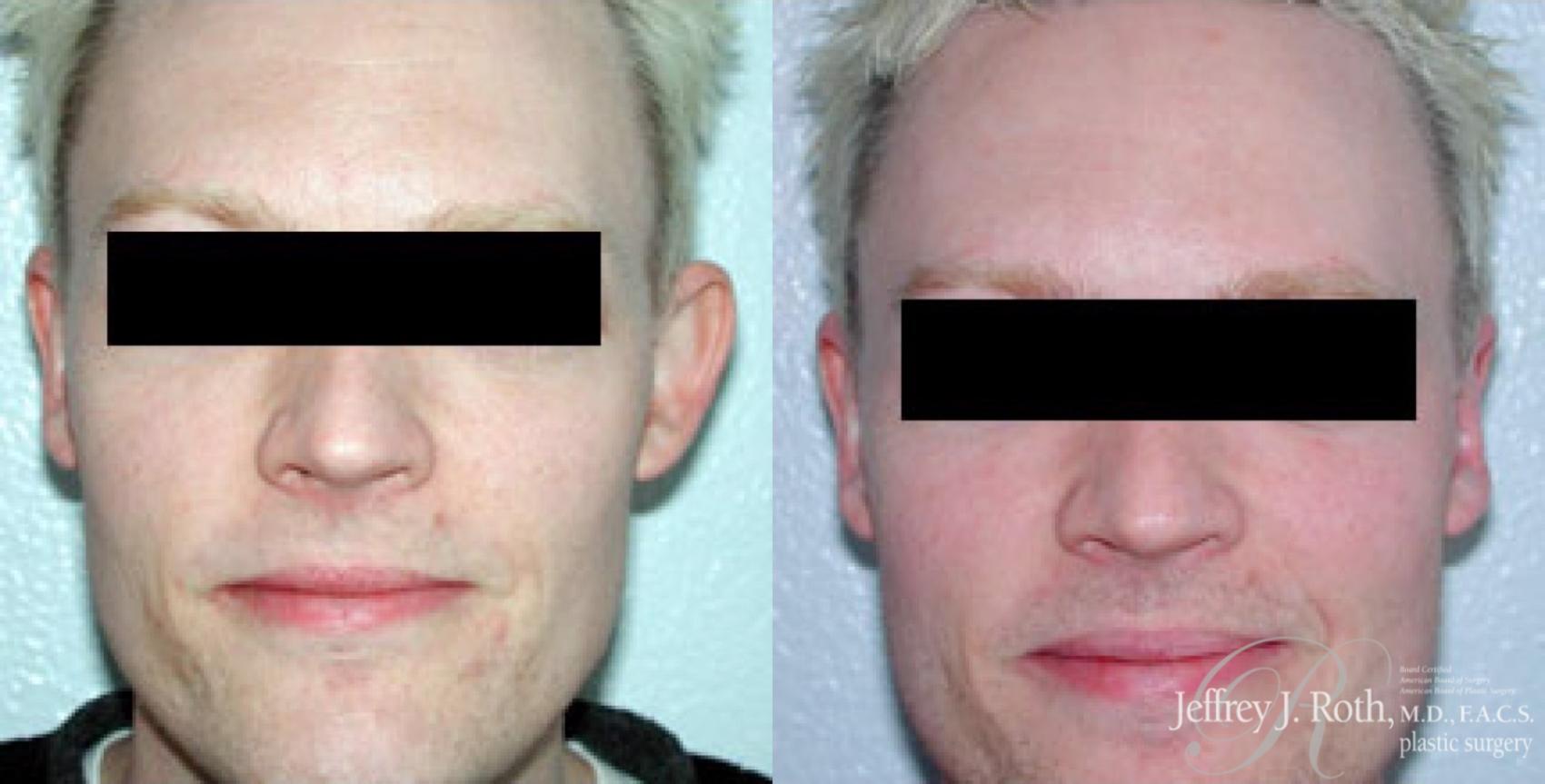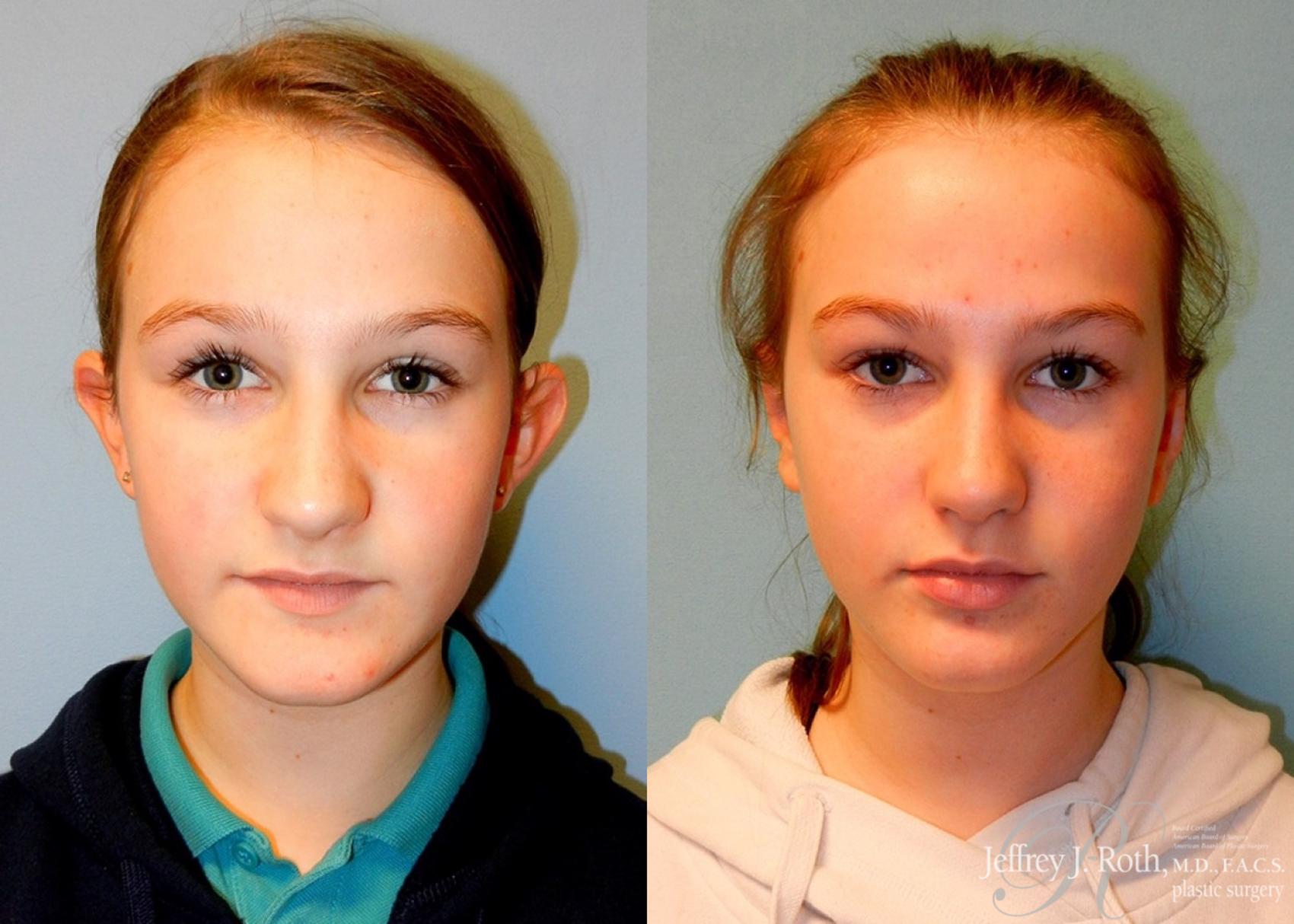July 15, 2021
Las Vegas Plastic Surgery: Jeffrey J. Roth M.D. F.A.C.S.
6140 S. Fort Apache Road, #100
Las Vegas, NV 89148
Phone: (702) 450-0777
Monday–Friday: 9 a.m.–5 p.m.
Your ears are immediately apparent to everyone you interact with, so having protruding ears can feel really embarrassing. Otoplasty is a very common procedure in the U.S. It involves repositioning and/or re-shaping the ears so that they lay flatter against the head. Children, teenagers and adults are all potential candidates. To learn more about otoplasty in Las Vegas, please contact the practice of board-certified plastic surgeon Dr. Jeffrey Roth.
Cosmetic Ear Surgery
Sometimes referred to as “ear pinning,” the otoplasty procedure modifies ear:
- Shape
- Size
- Position
- Projection from the head
The procedure is most often requested by people whose ears protrude excessively from their head. Otoplasty makes the ears lay flatter against the head, which allows the patient to feel more confident about their appearance. It can be frustrating to feel like your ears are the first thing or the only thing people notice about you. It can make you feel painfully self-conscious at work, and with friends, family and romantic partners. This simple procedure makes it possible to eliminate that source of self-consciousness.
Some patients also choose to have additional procedures performed to refresh their features or enhance their facial symmetry, such as rhinoplasty or eyelid surgery.
What is the Best Age for Otoplasty?
It is not uncommon for children to receive ear surgery. The child’s ear development must be far enough along for them to be a good candidate, which is usually around age 3-5. Obviously at this very young age, the decision must be carefully weighed by the parents. There can be significant benefits for a child with protruding ears, sparing them from bullying in the years ahead and perhaps better ensuring healthy self-esteem. Dr. Roth will help you make this important decision.
Having said all that, there really is not a best or perfect age for otoplasty. It really depends on the individual. You can also be a great candidate for ear surgery in your teens or adulthood. By choosing an experienced, empathic plastic surgeon like Dr. Roth, you can rely on expertise to guide you as you make this decision.
Meet Dr. Roth
Dr. Jeffrey Roth is a board-certified plastic surgeon and a Las Vegas local since 1977. Drawn to medicine by his innate desire to help others, he provides exceptionally natural-looking results, concierge-level service, and long-lasting connections to every person who walks through the doors of his practice, Las Vegas Plastic Surgery.
Get to Know Dr. Roth
Credentials You Can Trust:

Is Otoplasty Permanent?
Yes, ear surgery produces permanent results. It is absolutely normal for the ears to settle and swelling to subside as the area heals for a few weeks. It is also normal for the aging process to change the ears in subtle ways: they may look a little different as the effects of time and gravity change your tissues, but they won’t return to the degree of protrusion or misshapen appearance that you experienced before otoplasty.
Why Do Some People Call It Ear Pinning?
You may hear some people refer to otoplasty as “ear pinning.” This phrase refers to the effect of pinning back ears that stick out from the head. This outcome is really just one of many associated with otoplasty because the procedure is also used to address ear size, misshapen ears and disfigured ears, with or without addressing the angle of protrusion.
The term “ear pinning” doesn’t quite encapsulate what happens during the procedure. First, Dr. Roth will determine whether ear cartilage needs to be reshaped and removed, or whether permanent sutures alone can be used to bring the cartilage closer to the head. Typical otoplasties involve using sutures in some way to “pin back” the ears.
Reviews
Read what real people like you have shared about their experiences with Dr. Roth and his team.
Read Our ReviewsOtoplasty Consultation
Dr. Roth will first listen to your concerns and goals. He will then gather a thorough medical history. Past medical events may impact your surgery, anesthesia, and recovery. Current issues such as; medications, herbal remedies, allergies, smoking, drug use, bleeding and scarring tendencies, will be reviewed. Chronic issues, (e.g. diabetes, high blood pressure, auto immune disease), are also important.
Day of Otoplasty Surgery
Many things can effect the success of the procedure, the subsequent healing process, and final result. Clearly, issues effecting your general health and ability to heal can impact the process, but more subtle issues and practices can also make a significant impact. It is imperative that patients refrain from ingesting any medications or other substances that could potentially cause surgical complications. A list of medications should be reviewed and selected medications discontinued at least two weeks prior to the procedure.
Patients undergo a general physical examination prior to their surgery. This is to ensure that no underlying medical problems exist that may interfere with the safety of their surgery. The Anesthesiologist may have specific criteria to be met. Appropriate consultation, (Cardiology, Pulmonary, etc.) may be requested to address any issues. Any issues, however trivial they may seem, should be reported. For example, a seemingly innocent minor infection can result in a surgical wound infection, and so must be treated prior to surgery. Likewise, hypertension must be under control. Blood pressure medicines are typically taken right up to the time of your procedure. Cigarette smoking has a significant impact on wound healing and needs to be discontinued prior to the operation. Some procedures will not be performed in those who smoke. The extent of some procedures may be significantly curtailed. Serious wound healing complications can occur in patients who are exposed to smoke, even passively. The risk of wound healing problems decreases after one quits. Appropriate timing of surgery after cessation of tobacco exposure can be discussed.
Preoperative photographs are taken. They assist in the planning of the procedure and in reviewing the improvement afterwards. Postoperative photographs are generally taken at 3 and 6 months after your procedure as well.
You will be asked to sign a surgical consent, which enumerates the risks of the procedure in detail. Some of these risks have been reviewed here, but are also discussed at the consultation.
Appropriate prescriptions are written, (e.g. pain pills, so that you will be able to take them when you return home).
You will need to arrange for someone to drive you to and from the surgery center. Patients cannot drive after surgery, and for 10 days afterward. Recently sedated patients will not be placed into taxis for transport home. Medical transportation can be arranged in the event that you cannot find someone. It is also mandatory to have someone stay with you for at least 24 hours after surgery, for your comfort and safety.
What to Expect
Bringing your best look to life is as easy as 1-2-3.
1. Consultation
2. Pre-Op
3. Surgery
Otoplasty Recovery
Remember that any surgical procedure requires a certain period of recovery from the surgery and anesthetic. Individuals vary, but it is possible (and normal) to experience swelling and bruising. Depending on how you feel, you can still go out in public. Makeup can be worn to cover visible areas of bruising. We offer a complete line of concealment and everyday makeup, and can help select the correct modality for you.
You will need to have someone drive you home from the surgery center. You should also have someone stay with you the first couple of days after you go home. You will also need someone to drive you to your visits to the Doctor. Remember, no driving for 10 days after the procedure. You should maintain head elevation of at least 30 degrees from horizontal to keep the swelling down. Any discomfort following a Otoplasty, (Ear Reshaping or Ear Pinning), is usually controlled well with the prescribed pain medication. Some minimal oozing and bleeding may occur.
The dressing will be removed 3-5 days after surgery.
Although you will be up and around in a day or two, you should plan to rest as much as possible for the first week. If your work is secondary, you may return as you feel fit. If work is more strenuous, you should wait 7-10 days. Do not do anything that requires straining or heavy exercise for at least 10-14 days. Likewise, you should avoid vigorous activity, including sex, for two weeks after surgery, this will reduce the incidence of swelling or bleeding. Walking and stretching are encouraged. You should have someone walk with you for the first week, in case you get tired. You should avoid bending over for about three weeks, and avoid alcohol, steam baths, and saunas for four weeks after surgery. Some areas may be numb for weeks to months, and so heating pads and sun lamps are to be absolutely avoided. Sun exposure is discouraged for at least the first few months.
Everyone responds differently to an operation. It may take some time for the healing process to let you accurately appreciate the operation. With proper peri-operative care, you should be able to maximize the healing process and help to achieve your goals.
Otoplasty FAQs
Q: My ear sticks out away from my head. What can be done?
A: It sounds like you may be a candidate for an Otoplasty, (Ear Pinning). This procedure reshapes the structures of the ear to resemble a more normal appearance.
Q: Where will the scar be? Is it really noticeable?
A: The scar in this area normally heals well in most patients. The scar is hidden behind the ear.
Q: Does otoplasty affect hearing?
A: Otoplasty is done for cosmetic purposes only. It does not typically affect hearing, only the appearance of the ear’s external structures.
Q: How should I sleep after otoplasty?
A: The best way to sleep after otoplasty is on your back with your head elevated at a 30- to 45-degree angle for at least the first couple of weeks. You may want to wear a soft headband to protect your ears and hold them in place while you sleep.
Q: How long does swelling last after otoplasty?
A: Most initial swelling subsides within a few weeks. In general, it takes 6 weeks for half of the swelling to subside, 6 months for the other half, and up to a year for the final results to take shape.
Schedule Your Consultation Today
Please request a consultation online or call us at (702) 450-0777 to learn more about otoplasty at our practice in Las Vegas. We look forward to speaking with you to discuss your candidacy or your child’s candidacy with Dr. Roth.











